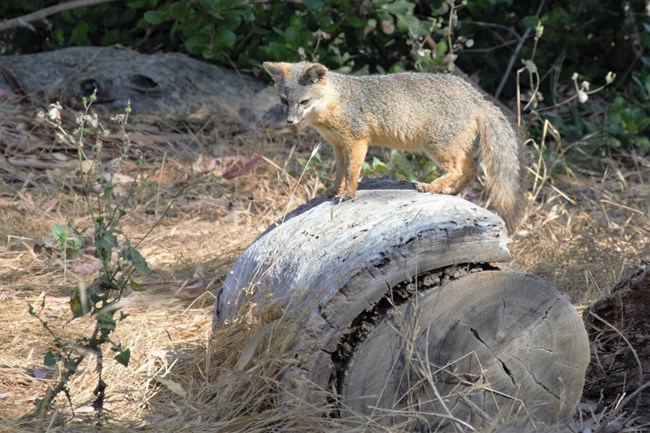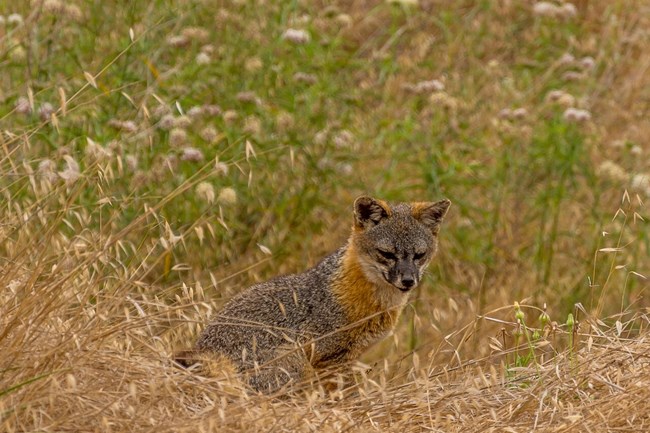
NPS Photo 
NPS/ H. Kajitani Urocyon cinereoargenteus
Size and description

NPS/ H. Kajitani Behavior
Diet
Interactions with other animal
|
Last updated: January 9, 2024

NPS Photo 
NPS/ H. Kajitani Urocyon cinereoargenteus
Size and description

NPS/ H. Kajitani Behavior
Diet
Interactions with other animal
|
Last updated: January 9, 2024